SELECTION OF MALLETS
ONE
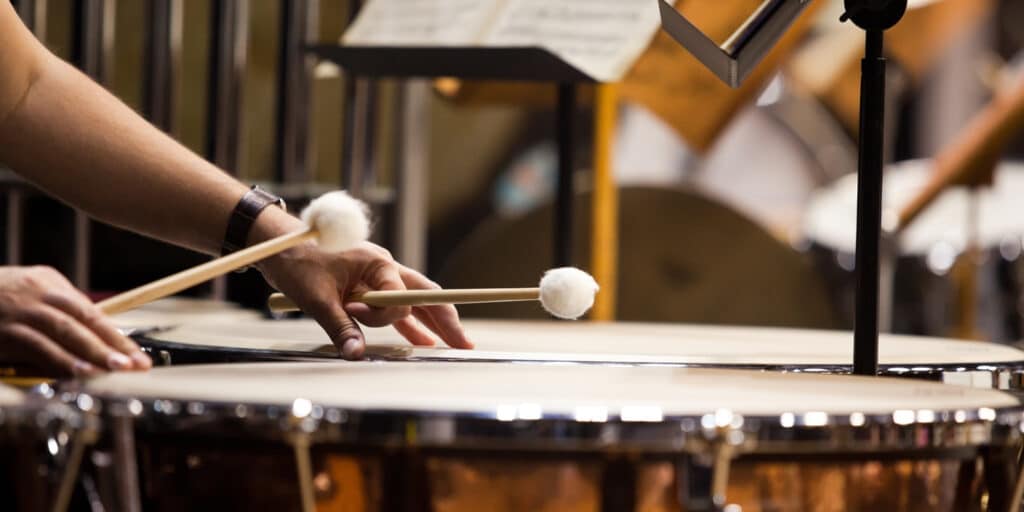
Build up a good selection of mallets for each percussion instrument. If you also play the drum kit, then you can make use of them on the drums too. We are often asked to create particular sounds, so having a variety of mallets to hand is always useful. And not necessarily just mallets. Coins, string bows and metal bars can be used for all sorts of effects.
TECHNIQUES
TWO
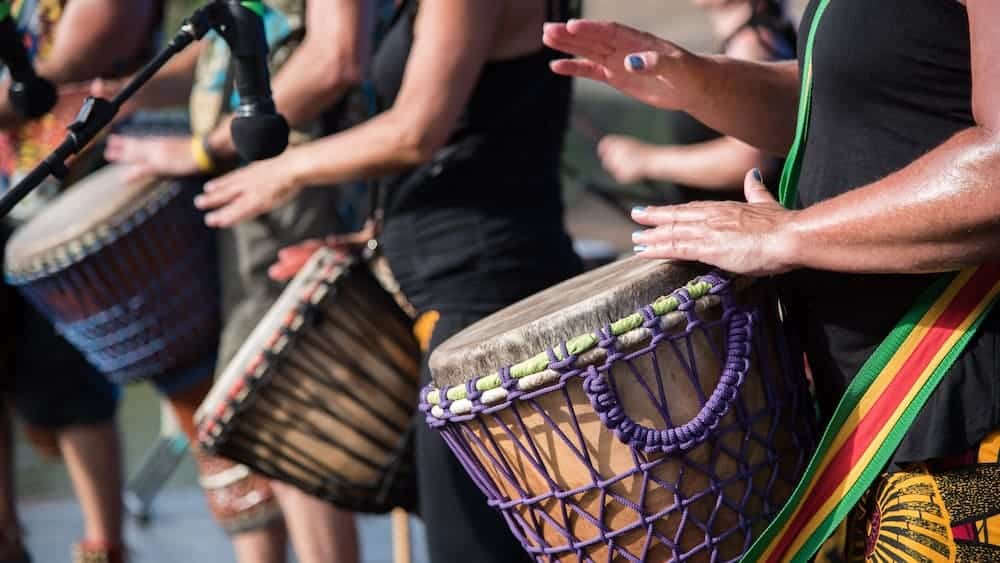
All musicians need a range of skills on their musical instruments. Practice the different techniques on each musical instrument. For example, on a headed tambourine, definite fitch, thumb rolls, finger rolls and shake rolls.
Each technique provides a solution, and as percussionists, we are also problem solvers!
TRANSFER SKILLS
THREE
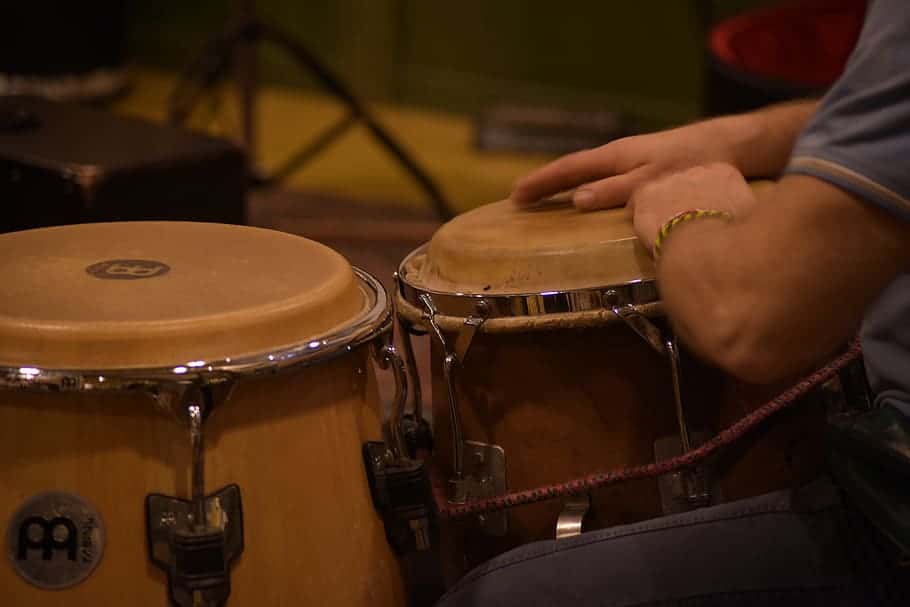
We have lots of transferable skills as percussionists where once we can play one instrument, we can pick up the basics of another very quickly.
You may start your learning journey on the snare drum, working on technique and rhythm. This leads very well not only to the drum kit but also to handheld instruments such as the tambourine, shakers and hand drums like the bongos.
GET COMFORTABLE
FOUR
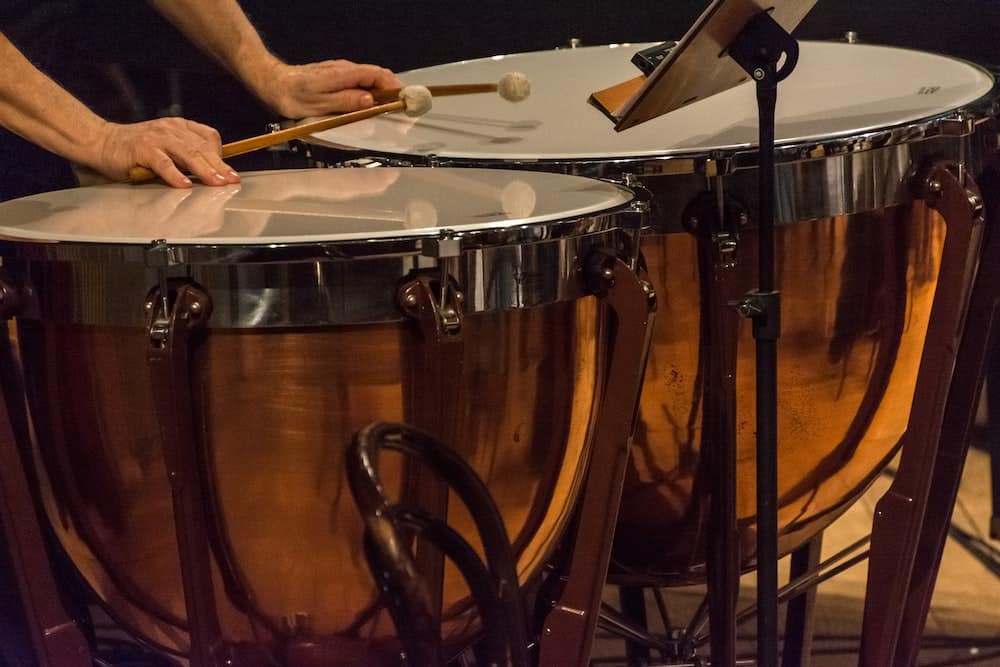
Get comfortable!
Make sure the instrument is in the right place at the right height before you start playing.
If you’re using a chair or stool, buy the comfiest one you can afford.
PLAN YOUR PRACTICE
FIVE
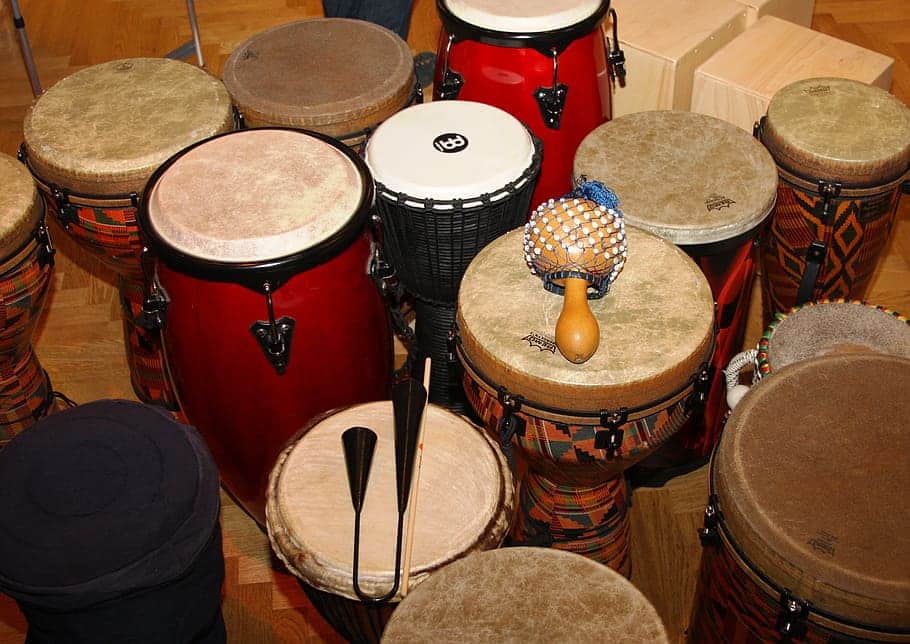
Plan your practice session. If you have a teacher, then hopefully, they are setting you targets; if not, set them yourself. It will help you progress much quicker.
Talking of practice, shorter regular sessions are always better than one long weekly practice. This will help muscle memory, coordination, technical skill and consistency. Focus your energy on the bits you can’t play rather than the bits you can!
WORK WITH OTHERS
SIX
If you are playing with a drummer, work with them, not against them. Fit into their groove and show everyone where the best section of the band is!
If you’re not too keen on what they are playing, tell them, but make sure you’ve got a good reason!
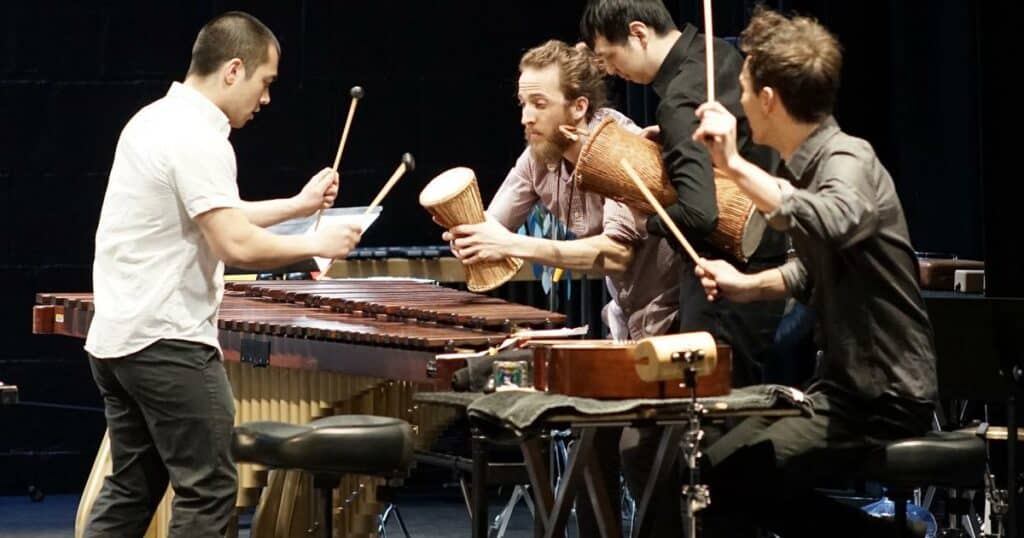
WATCH OTHER PERCUSSIONISTS
SEVEN
Watch other percussionists and musicians. There are loads and loads of little things (and big things!) we can pick up just by watching them play.
Whether it be a musical instrument or technical, there is a lot we can take away from other players. And sometimes it’s not just good things; we may learn that we don’t like how they have played something.

LEARN SCALES
EIGHT
Learn your scales. Majors, minors, arpeggios, broken chords, thirds, octaves, chromatics – they all have their uses in a wider musical context.
Believe it or not, scales can be fun. Play a different rhythm on each scale, only use one hand, play as fast as you can and as quietly as you can. Jazz them up! Ultimately, practice like this makes playing music more fun.
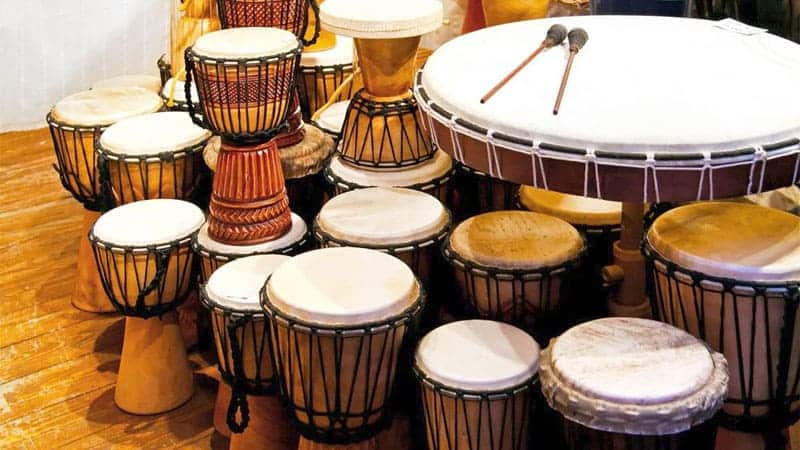
STICKING
NINE
Sticking (which hand plays which note). This one particularly applies to Timpani. We want to avoid crossing sticks over one another and also playing repeated notes with the same hand in a fast passage.
This is not so much of an issue in a slow passage where only using one hand will in fact help to play a consistent sound.
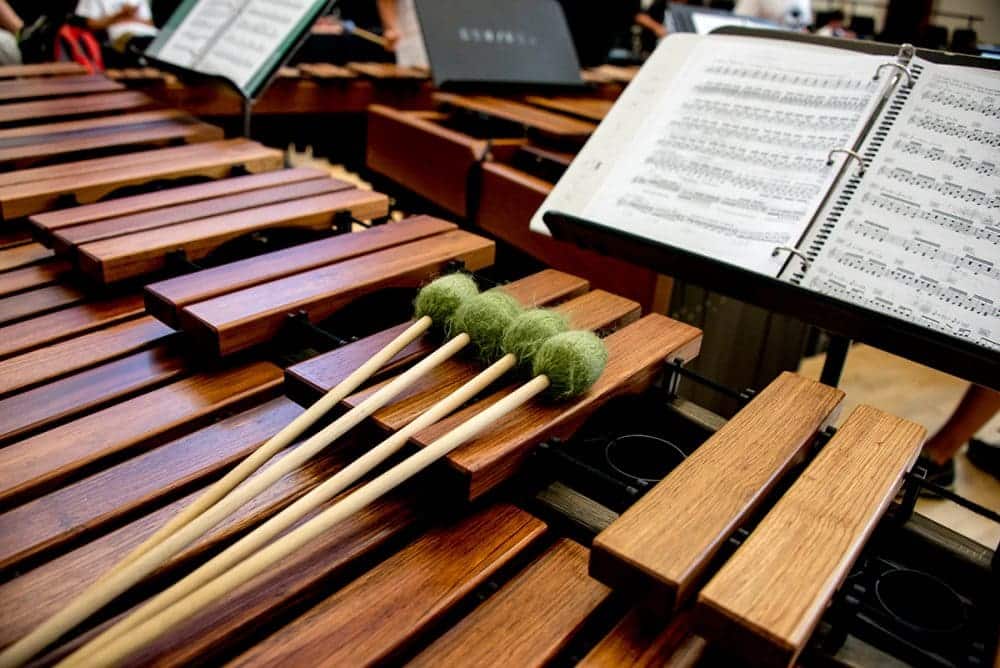
BE VERSATILE
ten
Make the most of being in the instrument family with the widest range of instruments.
Have a go on as many different percussion instruments as you can, you never know when you might get asked to play one of them!
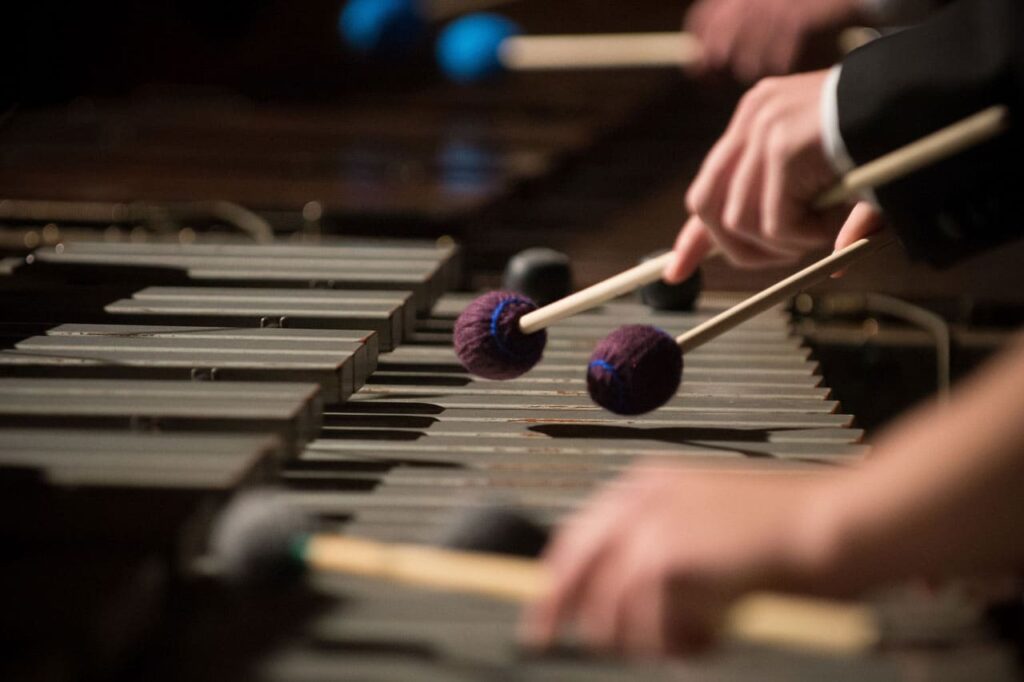
Playing Percussion Instruments
Top 10 Tips
Summary
Playing percussion instruments is so fun and particularly rewarding when rehearsing and performing with other musicians. I hope these top 10 tips help you develop your skills and enjoyment.
FAQ's
Practice, practice and more practice. Take up as many opportunities as you can to play instruments you haven’t played before. And in rehearsals ALWAYS stay until everything is packed down and away, it is all about being a team player.
The bass drum is a good place to start. Find the sweet spot and choose your mallet based on the articulation and sound you want to create, in the acoustic you are working in.
Go back to basics and start with the fundamentals. Focus on your technique and creating a good sound, you can do this really simply by practicing rudiments and scales. Having lessons with a percussion teacher will also give you more to work on and think about, as they will see things from a different perspective to you.
Percussion instruments can be struck (with a mallet, stick or your hands), shaken and scraped.




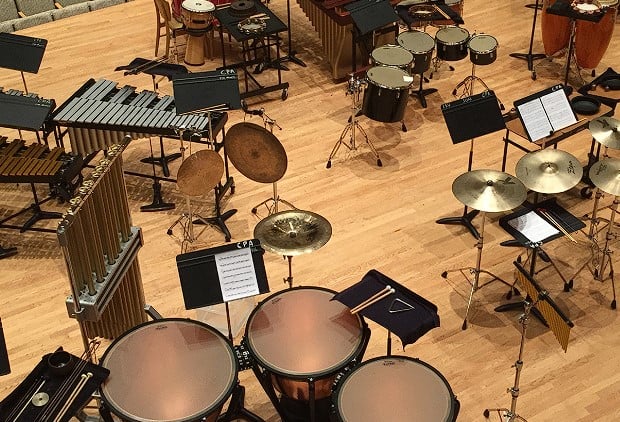

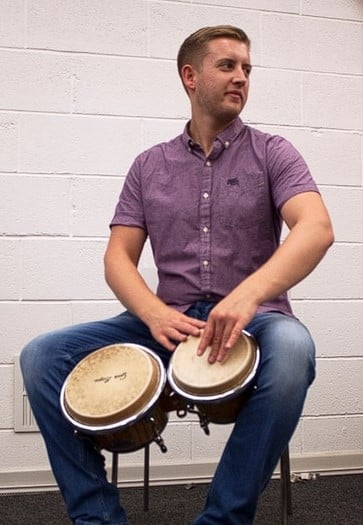






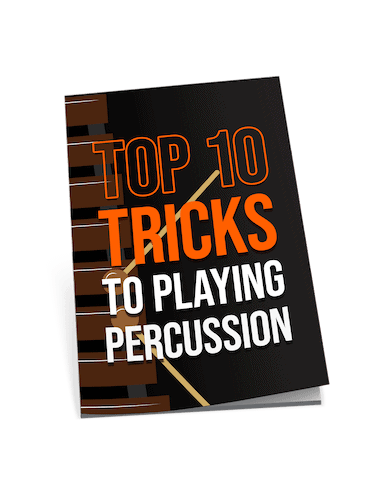
The section on learning scales caught my attention. While it’s absolutely essential for melodic percussion instruments like the marimba or vibraphone, I wonder how the concept is being applied to instruments that don’t employ scales in a traditional sense, such as drums. Are there drills that adapt the concept of scales to rhythmic patterns, or is it more about understanding tonality for those rare instances when you might need it?
Great to see the emphasis on watching other percussionists. It’s been a game-changer for me, honestly. You pick up on subtle techniques and energy that you just can’t get from a book. Started implementing some of those techniques into my own routines. Anyone else found some inspirations that significantly altered their play style?
yeah, totally agree. saw a live jazz band a few months back and the drummer was like, on another level. Made me wanna up my game for real.
Absolutely! Watching live performances—and not just online—changed the way I perceive rhythm and interaction with the audience. Getting to see the physicality up close is enlightening.
hey, just got into playing the xylophone for our school band and reading about the ‘selection of mallets’. got kinda confused about what materials i should look for that’d be good for a beginner? anyone got tips?